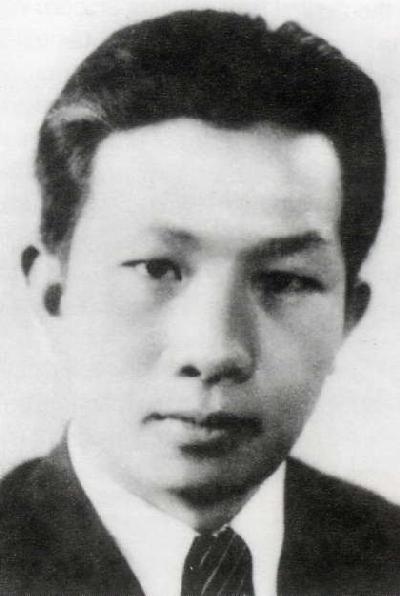| Art Q&A > Music |
|
|
Contemporary Composer: Nie Er
The name, Nie Er, came from an interesting story.
Nie Er loved music so much that he learned many instruments by himself, such as Sanxian (a three-stringed instrument), Huqin (two-stringed bowed instrument) and Yueqin (four-stringed moon-shaped Chinese mandolin). And he was good at imitating other's voice. People called him "ears" (Er means ears in Chinese), for he could imitate all that he heard. Nie Er used to entertain people by moving his ears back and forth, and was thus nicknamed Mr Ears. He liked the name very much and changed his name to Nie Er.
The composer wrote many musical scores in the 1930s, including The March of the Volunteers, which was selected as the national anthem after New China was founded.
Nie Er also re-arranged some folk instrumental pieces, including Spring Dawn on the Emerald Lake and The Wild Dance of the Golden Snake. Nie applied many mature folk instrumental techniques in these works, such as the spiral crescendo structure, which entails a dialogue between contrasting upper and lower phrases, a step-by-step shortening of the beat until a crescendo is reached. In addition, intense gonging and drumming produces a heated and jubilant atmosphere. |
||||
All rights reserved. Reproduction of text for non-commercial purposes is permitted provided that both the source and author are acknowledged and a notifying email is sent to us. |
||||
 |
